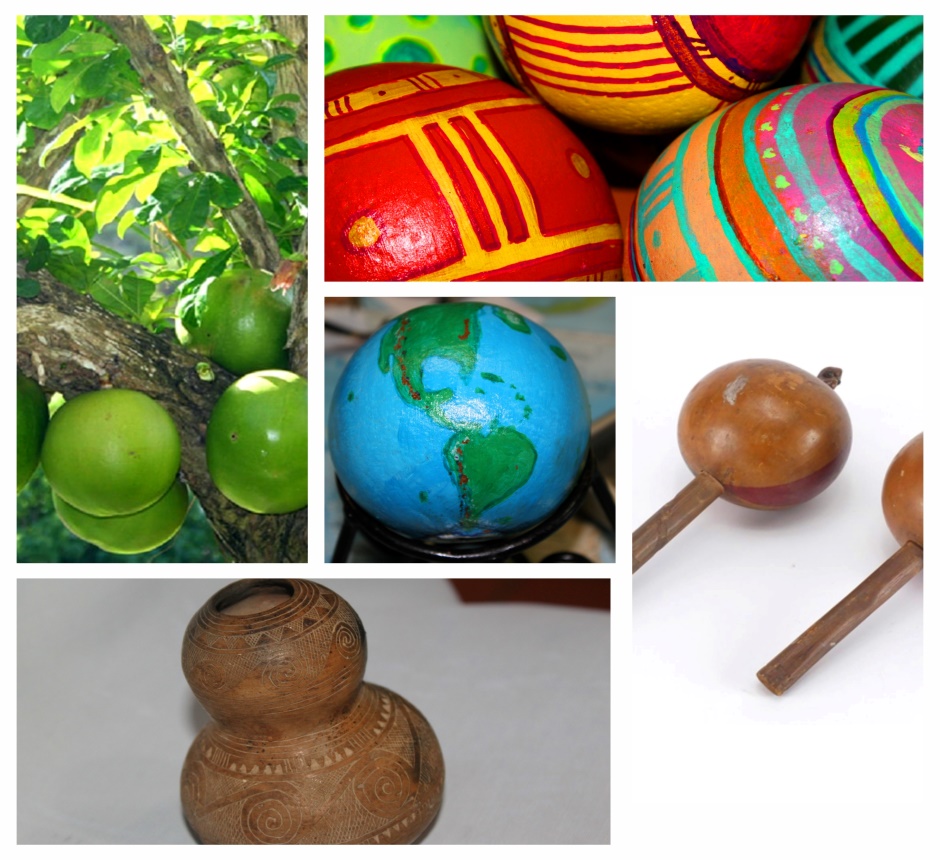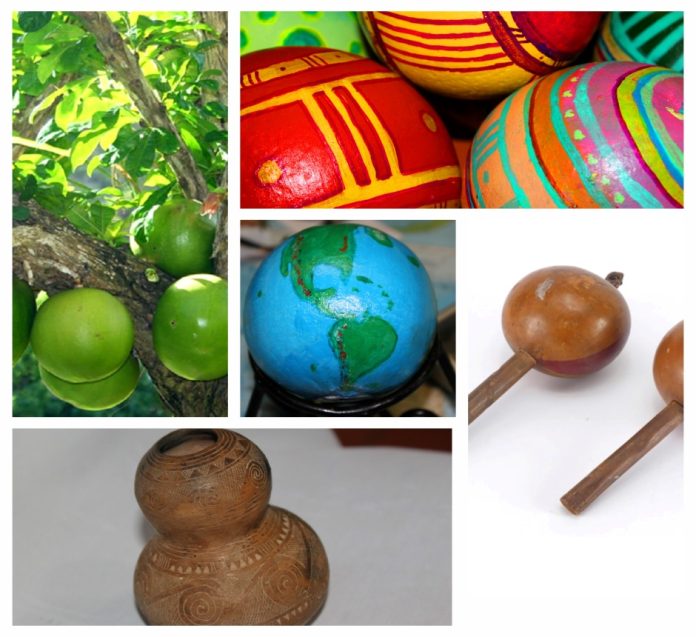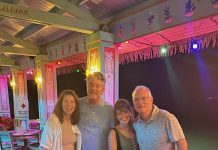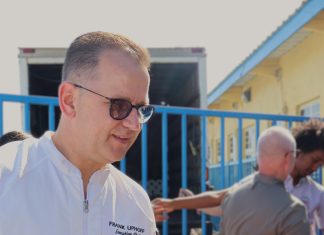Booking a magical glimpse inside Etnia Nativa is easy!
Article by Etnia Nativa call us 592 2702 and book your experience!
The narrative presented by Etnia Nativa—meaning “Native Ethnicity”—emphasizes the importance of reclaiming the island’s cultural identity and heritage, often overshadowed by colonial history. Through this platform the organization promotes the rediscovery of native traditions and identity, encouraging a shift away from colonial legacies toward cultural self-empowerment.
In this episode, we’re sharing the story of gourds — locally known as calbas and scientifically named Crescentia cujete. While we often enjoy shaking them as maracas at parties and celebrations, these gourds are also deeply embedded in cultural and artistic traditions. Beyond their festive use, they carry profound symbolic meaning, representing reincarnation, fertility, and magic.

Gourds are among the oldest cultivated plants. Remains of gourds used as utensils have been found in Egyptian tombs dating back to the Twelfth Dynasty, around 2200–2400 B.C. Throughout history, they have served as practical tools — used as dippers and containers for storing grain and water. In Aruba, Paleo-Indians and later the Caquetíos, who called them totuma or bangaña, used gourds as containers for water and other beverages.
In various ancient cultures around the world, gourds symbolize not only the preservation and creation of life, but also serve as vessels for the spirits of ancestors. Their rounded shape represents the birth of all things and the continuous cycle of life. For the Yi ethnic group of southwest China, the gourd holds deep spiritual and symbolic significance, intricately woven into their way of life. Featured prominently in stories of the Great Flood, the rebuilding of the world, and the birth of humanity, the gourd is explored through myth, religion, and art — interpreted as both a mythological archetype and a symbol of fertility and renewal.
In Native American traditions, the gourd carries multiple layers of meaning. In Taíno mythology, the story of Deminan and the Great Flood tells of a gourd that breaks open, releasing so much water that the earth is submerged. From this flood come fish — giving birth to the sea.
According to the myth, four children were born from the womb of Itiba Cahubaba, known as the Bloody Old Woman. All were twins. After her death during childbirth, the children emerged into the world. The first was named Deminan; the others remain unnamed. One day, while eating, they sensed the landowner’s return. In a hurry to hide, they tried to hang up a gourd, but it fell and shattered — flooding the earth and forming the sea.
It is believed that the calbas, or gourd plant, was brought to the island by the Archaic or Paleo-Indians over 4,000 years ago. Like many religious and metaphysical symbols, the gourd holds dual meanings. Practically, it stores food — lifeless matter such as fruits, nuts, and crops. Yet it also holds water, the essence of life itself. Unlike crops that decay after harvest, water remains constant, sustaining life.
As a life-bearing symbol, the gourd also appears in the form of a maraca — a musical instrument that echoes the womb, holding seeds: the matrix of life. Maracas were used in native divination rituals to invoke the spirits of the dead, as well as in food preparation, ceremonies, and daily life. In this way, the gourd bridges the worlds of the living and the dead, the practical and the sacred.
If you enjoyed learning about our ancestral stories and wish to explore the true identity of the Aruban people, we invite you to visit Etnia Nativa — the only “living museum” of its kind in the Caribbean. Founded in 1994, Etnia Nativa has been a cultural pioneer, co-founding key institutions such as Aruba’s National Park, the Archaeological Museum, and several artisan foundations, among other voluntary initiatives.
Etnia Nativa offers a one-of-a-kind experience that connects visitors with the spirit and soul of the island’s ancient heritage. Whats App +297 592 2702 etnianativa03@gmail.com
















